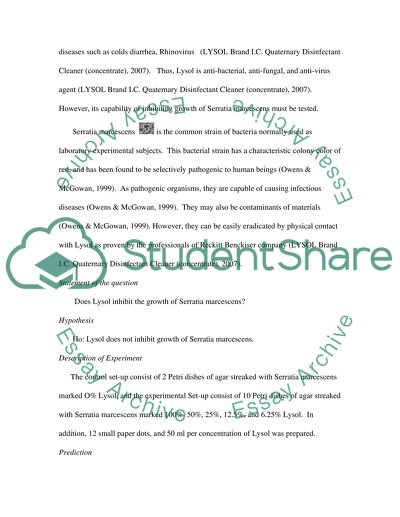Cite this document
(“Biology Lab Report Essay Example | Topics and Well Written Essays - 750 words”, n.d.)
Retrieved from https://studentshare.org/miscellaneous/1517887-biology-lab-report
Retrieved from https://studentshare.org/miscellaneous/1517887-biology-lab-report
(Biology Lab Report Essay Example | Topics and Well Written Essays - 750 Words)
https://studentshare.org/miscellaneous/1517887-biology-lab-report.
https://studentshare.org/miscellaneous/1517887-biology-lab-report.
“Biology Lab Report Essay Example | Topics and Well Written Essays - 750 Words”, n.d. https://studentshare.org/miscellaneous/1517887-biology-lab-report.


